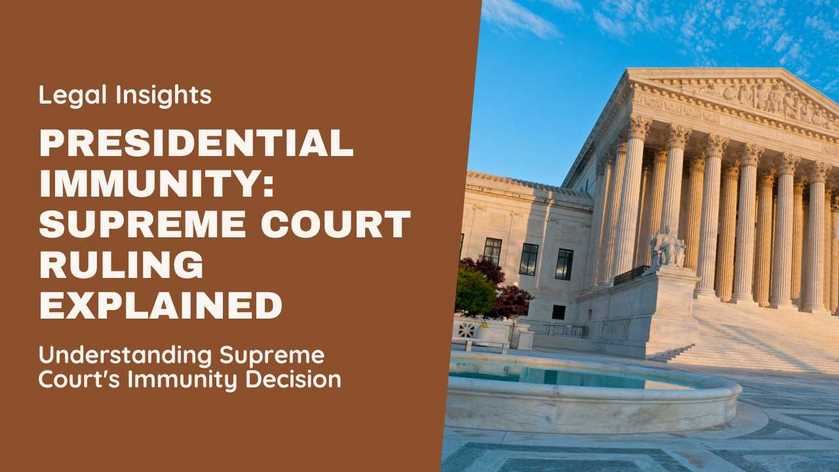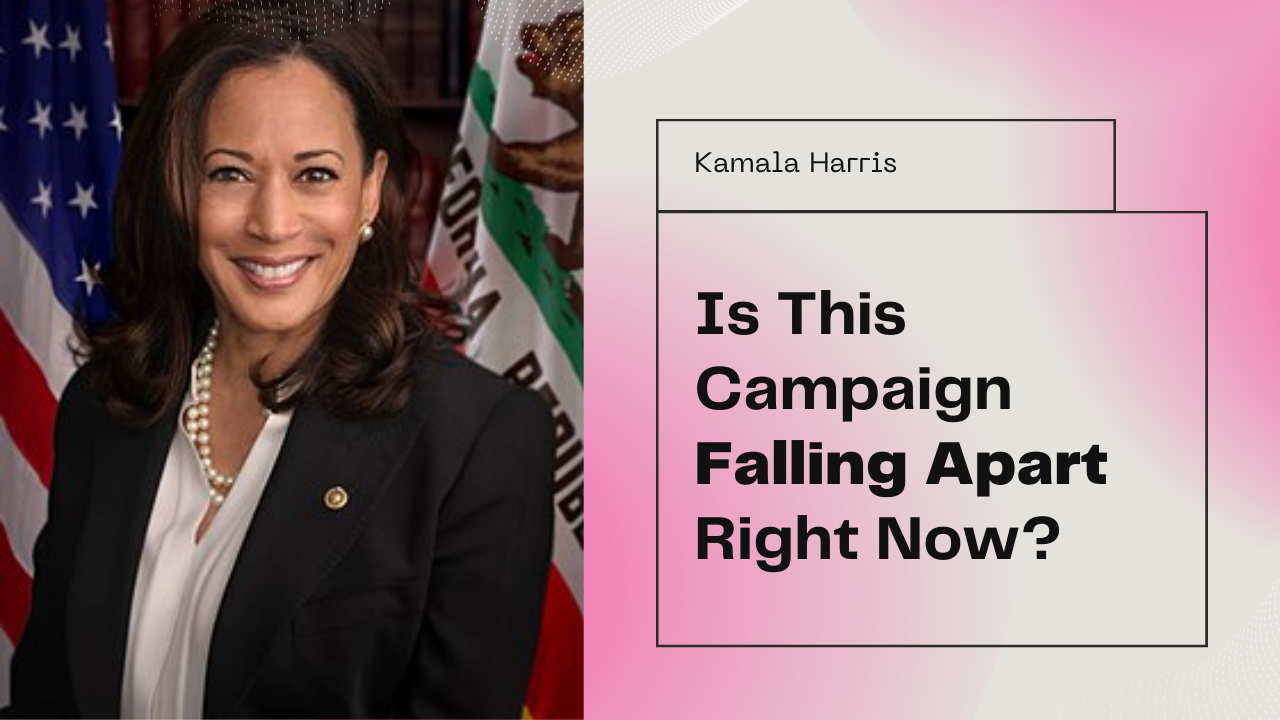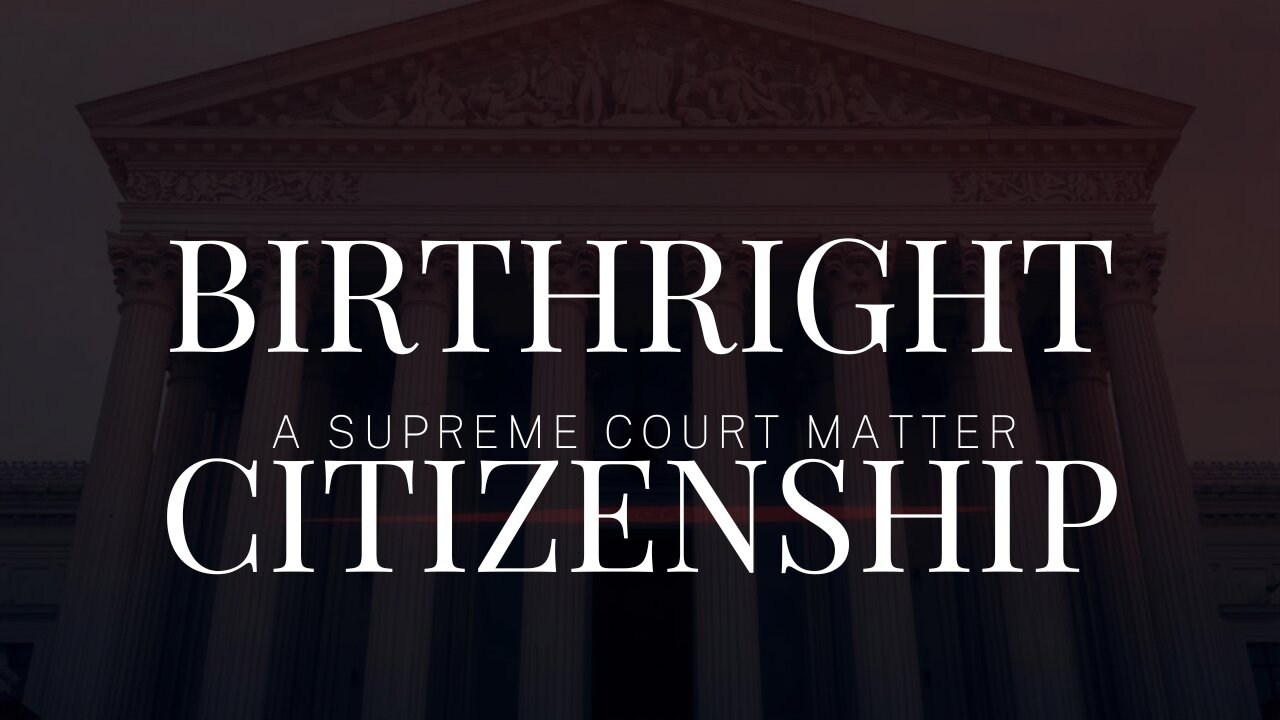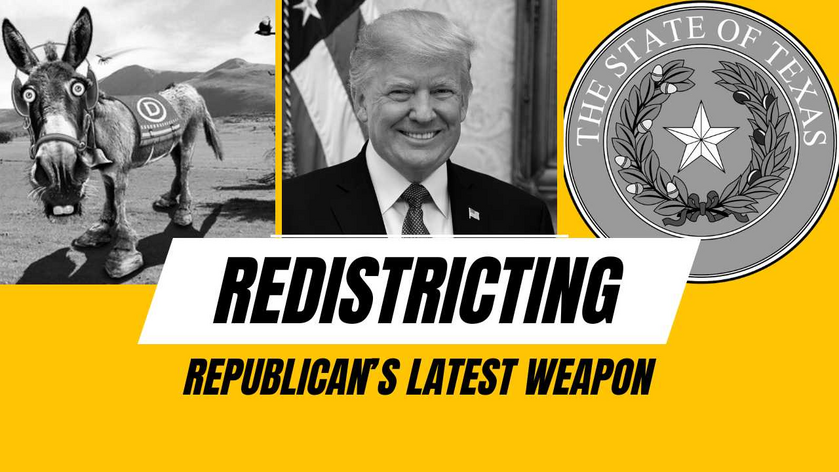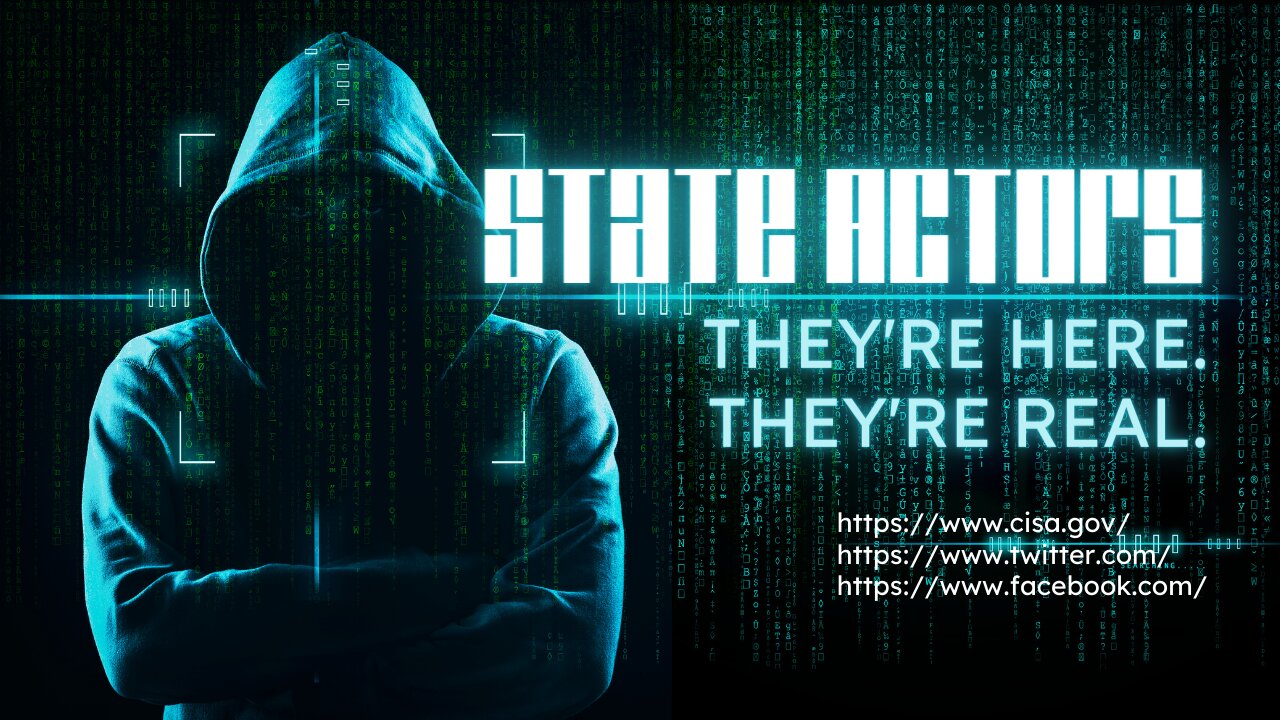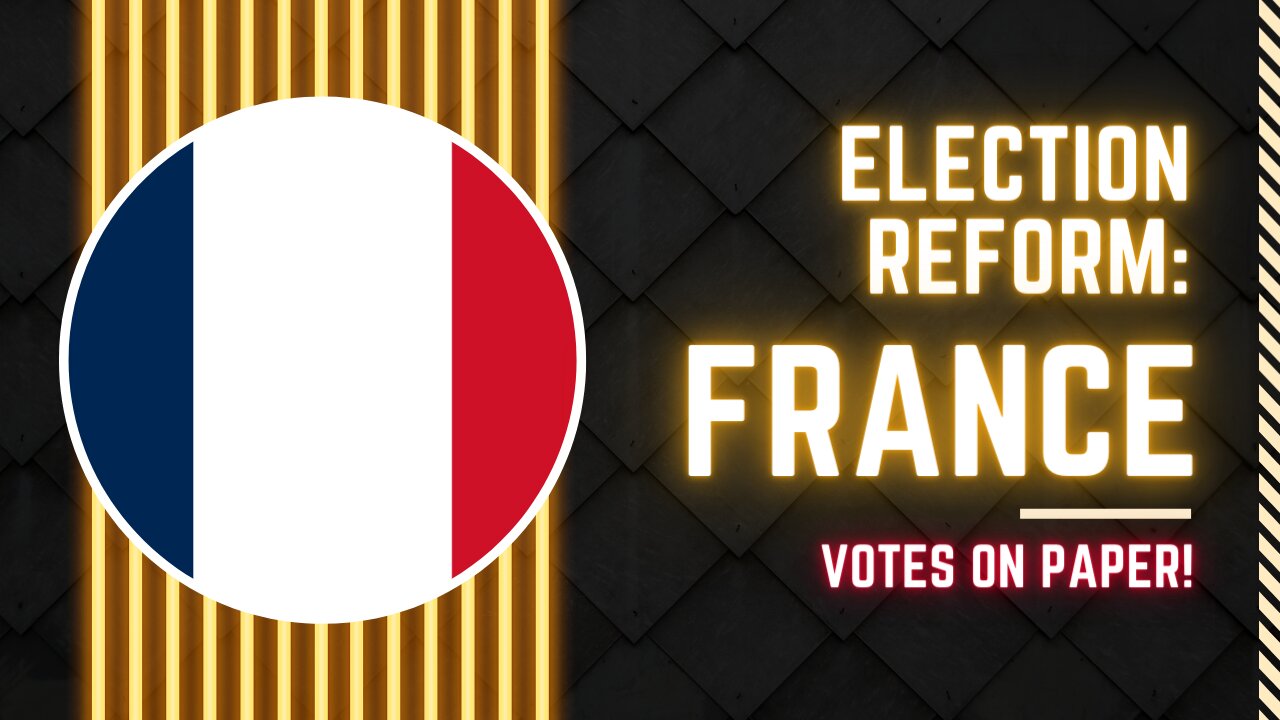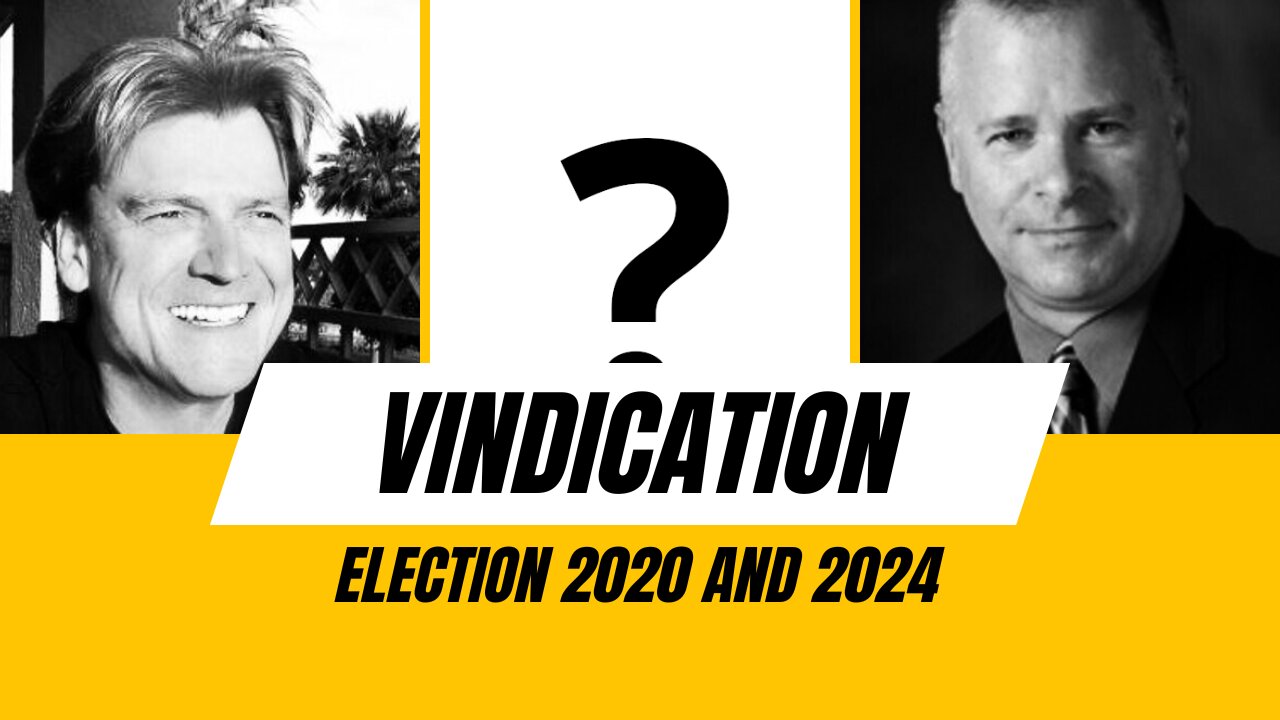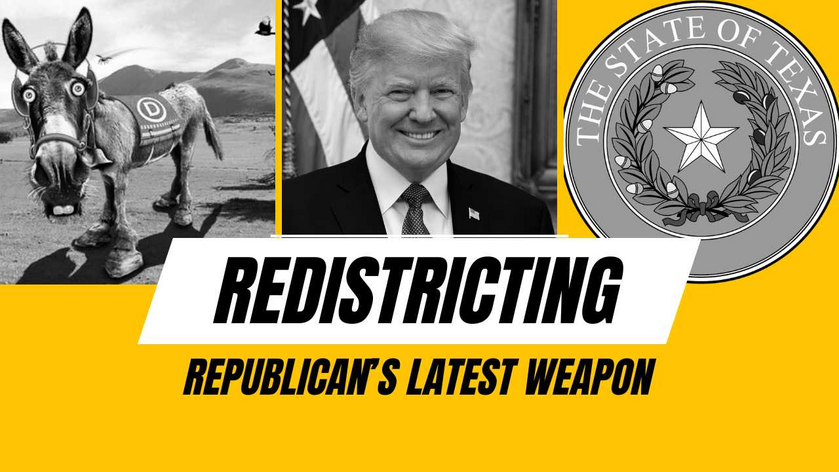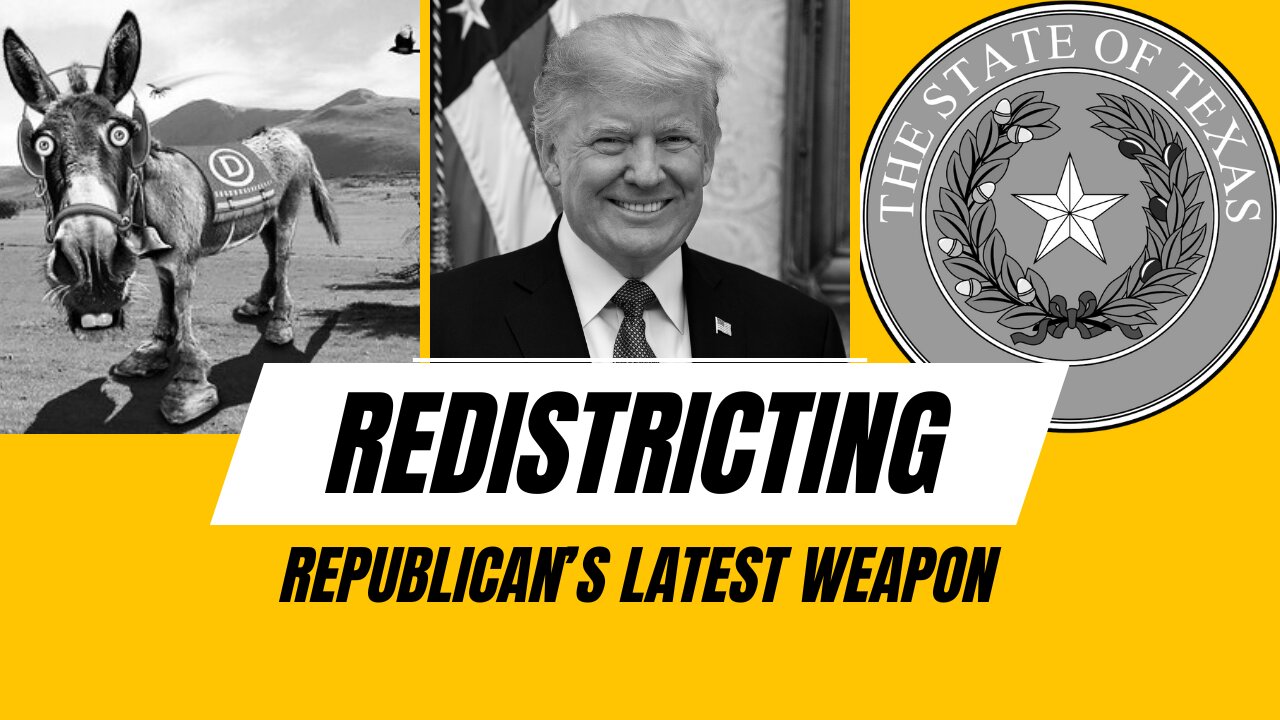Today the Supreme Court wrapped up the 2023 Term by deciding, definitively, the question of Presidential immunity. They held that Presidential immunity does exist for certain things a President does while holding office. Those acts touching on a President’s core Constitutional and (as authorized) statutory powers, are absolutely immune from prosecution. Acts within the “outer perimeter” of a President’s authority are presumptively immune. As common sense dictates, not all acts are official, and Presidents do not enjoy immunity for their unofficial acts. This case already is causing howls of anguish, but none as strident as the two dissenting opinions. Happily, the Court has a majority of Justices who understand what the Constitution and law are and ought to be.
How the Presidential immunity question arises
The very reason the Court had to consider Presidential immunity is that Special Counsel Jack Smith saw fit to prosecute President Donald J. Trump for certain things he did toward the end of his term in office. (United States v. Trump, before the U.S. District Court for the District of Columbia, Judge Tanya S. Chutkan presiding.) Smith obtained an indictment from a D.C. grand jury, alleging a “conspiracy” to “overturn” the Election of 2020. The Supreme Court took due cognizance of the indictment and its specifications, which were that Trump and/or his associates:
Tried to persuade certain States to change election results, based on allegations of election fraud Trump allegedly knew were false,
Organized the appointment of alternative slates of electors in the States involved, which slates the indictment called fraudulent,
Tried to have the Justice Department investigate those State Presidential elections for fraud,
Tried to have then-Vice-President Pence disallow the election certification and send seven lists of electoral votes back to their States, and finally
Raised a group of supporters to come to Washington on January 6, 2021, a significant number of whom then breached the Capitol.
Trump moved to quash the indictment, asserting Presidential immunity. Judge Chutkan denied the motion, and a D. C. Circuit Court of Appeals panel voted 3-0 to affirm that denial. So Trump’s team asked the Supreme Court to review the question of Presidential immunity. The Court granted that petition, and effectively stayed all proceedings pending that review.
Argument
On April 25, the last Argument Day, the Court heard argument on the case. Trump’s lawyer probably could have argued the inherent power of any executive to enjoy immunity from prosecution for his acts. Instead he cited the Executive Vesting Clause (Article II Section 1 Clause 1) and multiple precedents. Key to understanding the opinion, Trump’s counsel conceded that some Presidential acts were private to him as a person. Such acts, he conceded, would not enjoy Presidential immunity.
The opinion
The opinion the Court released today conformed to every reasonable prediction of the Court’s ruling, after the argument session. As anyone would expect, the Originalists sided with Trump, and the Liberals with Smith. The Moderates also sided with Trump – with one exception Justice Amy Coney Barrett would have made.
Chief Justice Roberts wrote the Opinion of the Court. Justices Sam Alito, Neil Gorsuch, and Clarence Thomas – the Originalists – all joined it in full. So did Moderate Justice Brett Kavanaugh – and again, Justice Barrett joined the opinion in part. All opinions come with case-specific orders – and in this case the Court:
Vacated the D.C. Circuit panel’s affirmation of Judge Chutkan’s denial of the motion-to-dismiss, and
Remanded the case to that Court of Appeals for “further proceedings consistent with this opinion.”
Justice Thomas wrote a concurrence that called the very appointment of Jack Smith into question. Justice Sonia Sotomayor wrote a scathing – and off-the-rails – dissent in which Justices Ketanji Brown Jackson and Elena Kagan joined. In addition, Justice Jackson wrote a dissent of her own.
Carefully delineating Presidential immunity
Chief Justice Roberts never once treated the questions of Trump’s mens rea (state of mind) on his last Presidential days. Neither did he pass judgment on anyone’s Election of 2020 claims. That’s because the Supreme Court is not a trier of fact. That’s why Roberts also left careful and extensive instructions for the District Court to develop a more complete factual record.
Everyone has agreed that Presidents enjoy immunity from civil suit for monetary or other damages. Nixon v. Fitzgerald, 457 U. S. 731, 750. This case involves criminal prosecution, and is the first such case on historical record.
A President does what he does under the authority of statute, Constitution, or both. Furthermore, Constitutional authority is considered conclusive and preclusive. Therefore, says Roberts, neither Congress nor the courts may examine a President’s conduct under Constitutional authority. (If Congress does want to examine a President’s conduct in this area, Congress has the means: impeachment.)
When a President acts under statutory authority, then he shares that authority with Congress. Under those circumstances, a court might examine some of his actions, in addition to the Congressional impeachment power. But a President is entitled to presumptive immunity for such acts. The prosecution then has the burden of proof that the acts were of a kind Congress never authorized. Furthermore:
Testimony or private records of the President or his advisers probing such conduct may not be admitted as evidence at trial.
But a President’s private acts are subject to examination and prosecution. Thus when Bill Clinton asserted “temporary immunity” from a lawsuit by Paula Jones, the Supreme Court rejected that notion.
About that indictment
Roberts turned to the indictment and found every reason to vacate the blanked judgment of the D.C. Circuit. Then he went over the indictment, point by point, to decide which of those points could even stand.
Point 3 falls immediately. Presidents have the authority to decide which crimes to investigate, and to decide on Justice Department leadership. He may fire an Attorney General, with the understanding that his replacement must pass Senate muster. Conclusion: a President enjoys absolute Presidential immunity from prosecution for the acts under Point 3 above. (Point 2 might be a private act, but so far not every prosecution over so-called “fake electors” has succeeded significantly.)
Point 4 involves a Vice-Presidential duty under Article I, not II. This point falls in the “outer perimeter,” so Roberts instructed the District Court to inquire whether a prosecution under this point “would pose any dangers of intrusion on the authority and functions of the Executive Branch.”
Points 1 and 2 might be official or unofficial. Roberts concluded that the Court did not have enough facts before it to determine that. Developing a factual record to answer those questions became another instruction on remand.
Point 5 covered Trump’s invitation to his Twitter (now X) followers to come to Washington, and his speech to the crowd. Here Roberts charged that the indictment selected certain X posts and speech excerpts out of context. So he instructed the District Court on remand to provide, and examine, that context.
Authority of the Special Counsel’s office
Justice Thomas, in concurrence, sees a worse problem. He questions the very existence of the Special Counsel’s office, because he finds no statutory authorization for it. In Thomas’ view, no specific law creates an Office of Special Counsel. Unless and until the Justice Department can show which statute creates the office, Jack Smith is a private citizen. As such he has no authority.
Such statutes have existed in the past. Congress wrote the first such statute after the Teapot Dome scandal broke. But all such statutes have lapsed. Nevertheless, Attorney General Merrick Garland created a Special Counsel’s office under highly dubious authority. Worse, he appointed Jack Smith to head that office without any input from the Senate.
Under the Constitution (Article II Section 2), Congress must by law:
Establish any office other than a few the Constitution names, and
Specifically vest the appointment of inferior officers of any kind, in:
the President alone,
the law courts, or
heads of departments.
Congress has done none of these things in Jack Smith’s case. Therefore Merrick Garland acted illegally, or at least extralegally.
In fact, three prominent legal theorists briefed the Court on this very issue. They did so when Jack Smith sought (and lost) a writ of review before judgment. They did not re-brief the Court in the present case, but Justice Thomas did not let that matter rest.
Concurrence and dissents on Presidential immunity
Justice Barrett concurred in part and dissented in part. The Opinion of the Court says that the private notes and testimony of a President or his advisers would be inadmissible in evidence. Roberts ruled that way to protect those private notes and recollections as part of Presidential privilege. Amy Coney Barrett disagrees. Concerned as she is with institutional and especially judicial integrity and prerogative, Barrett wants that evidence admitted. In fact she appears to want motive to come into any evaluation of a President’s conduct. Of course, she cannot prevail on that point. Four Justices joined the Chief Justice’ opinion in full – and that makes for five votes.
Sonia Sotomayor and Ketanji Brown Jackson both dissent here. They hold that a President rates no immunity for his acts. Their treatment of the indictment is the key to their writings. While Roberts properly refuses to rule on the guilt or innocence of Trump as President, Sotomayor and Jackson assume guilt. It never occurs to them that a President more to their liking might face the same treatment. (The only reason no Democrat has come in for such treatment, is that Republicans are polite to a fault and won’t begin such a campaign.)
The Court saved the Republic!
More to the point, the dissenters don’t realize that The Supreme Court has just saved the Republic. Recall again the dilemma that faced the great Julius Caesar. In 49 B.C., junior consul Lucius Cornelius Lentulus Crus introduced an emergency resolution against the intercessory powers of Tribunes of the Plebs. Mark Antony shouted, “I forbid that!” (In literal Latin, Veto!) Lentulus Crus ordered the sergeants-at-arms – the lictors – to eject Antony and another angry tribune from the Senate meeting hall. Antony led his friend to the Well of the Comitia, and made an angry speech protesting the ejection. The two then left Rome – but sent a fast horseman to take a message to Caesar, waiting just across the Rubicon. That is when Caesar crossed the Rubicon.
He crossed the Rubicon because the Senate of Rome clearly were setting up a prosecution of him. Today the Supreme Court removed any excuse for a President to “cross the Potomac.” With Presidential immunity extending after he has left office, he has no legitimate reason so to act.
Other cases besides Presidential immunity
The Supreme Court released two more opinions, including one in two consolidated cases involving States’ efforts to require social-media moderators to act more like Constitutional judges. In essence, Florida and Texas are trying to write Fifth and Sixth Amendments for social-media users. A company called NetChoice challenged both laws – on their face. Two District Courts entered preliminary injunctions against the Florida and Texas laws. Their respective attorneys general appealed. While the Eleventh Circuit sustained the Florida injunction, the Fifth Circuit reversed the Texas injunction.
The Court – unanimously – vacated both Appeals Court judgments and remanded their respective cases. In doing so the Court criticized both Appeals Courts for failing to evaluate their cases for what they were: facial challenges to the respective State laws. A facial challenge is a challenge to the entire law, not merely its applicability in one set of circumstances. Moody v. NetChoice and NetChoice v. Paxton.
Separately the Court held that the clock doesn’t start ticking on the six-year statute of limitations for suing a regulatory agency until final agency action against a particular plaintiff. Corner Post v. Board of Governors of the Federal Reserve. The vote on that was 6-3, and again the Moderates gave that victory to the Originalists. Amy Coney Barrett wrote that opinion. The Liberals raised a curious lament: this is yet another wing-clipping of the Administrative State. This case shows that the Moderates do not like quasi-legislative and quasi-judicial executive agencies that usurp legislative and judicial powers.
Summary
This case shows one line of deep division of the Court. Clearly members of the Liberal Bloc now suffer from Trump Derangement Syndrome. This bias prompted the Chief Justice to remind them, in his Opinion, that the Court must treat what might happen to all Presidents. Making law to cover one person, however egregious might be his alleged offenses, is worse than bad law. It is unconstitutional – on its face.
No bill of attainder or ex post facto law shall be passed.
Article I Section 9 Clause 3
In that spirit, no one can criticize Chief Justice Roberts with any justice for the opinion the Court released today.
Clarence Thomas raised a more serious objection. Jack Smith shouldn’t be in business. As far as Thomas is concerned, Smith’s office is unlawful and his appointment is still less lawful. Again, Thomas brought up a question Biden’s media allies would just as soon forget. Namely that Merrick Garland took it upon himself to create Office of Special Counsel, and to appoint Smith.
Ironically this means that only the Florida Documents Case against Trump remains at all viable. The problem for Jack Smith is that Judge Aileen M. Cannon has different judicial temperament from Judge Tanya S. Chutkan. She is also made of sterner stuff than Smith or his team bargained for.
All of which means that Trump will remain free – and likely win reelection. Then he can continue to improve the national judiciary, one appointment at a time, from the Supreme Court down.
Link to:
The article:
https://cnav.news/2024/07/01/news/presidential-immunity-exists-scotus/
Video:
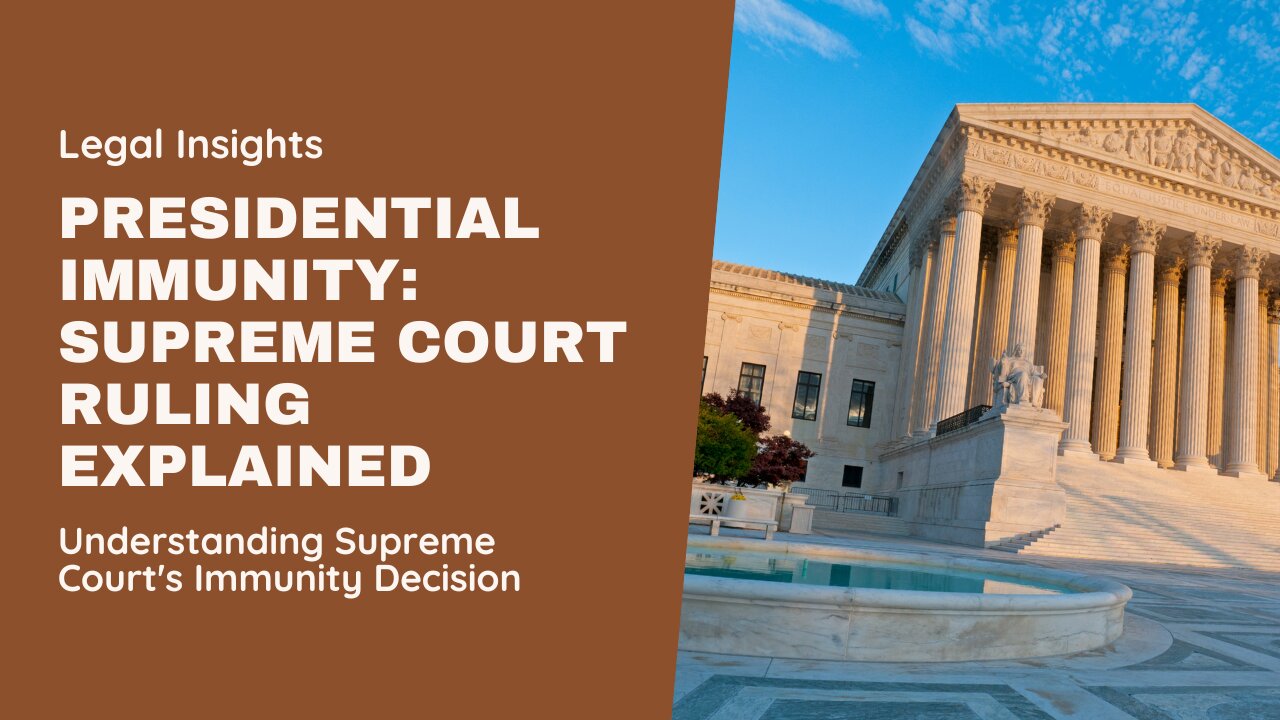
The opinion:
https://www.supremecourt.gov/opinions/23pdf/23-939_e2pg.pdf
The other two opinions:
NetChoice:
https://www.supremecourt.gov/opinions/23pdf/22-277_d18f.pdf
Corner Post:
https://www.supremecourt.gov/opinions/23pdf/22-1008_1b82.pdf
Declarations of Truth X feed:
Declarations of Truth Locals Community:
https://declarationsoftruth.locals.com/
Conservative News and Views:
Clixnet Media
